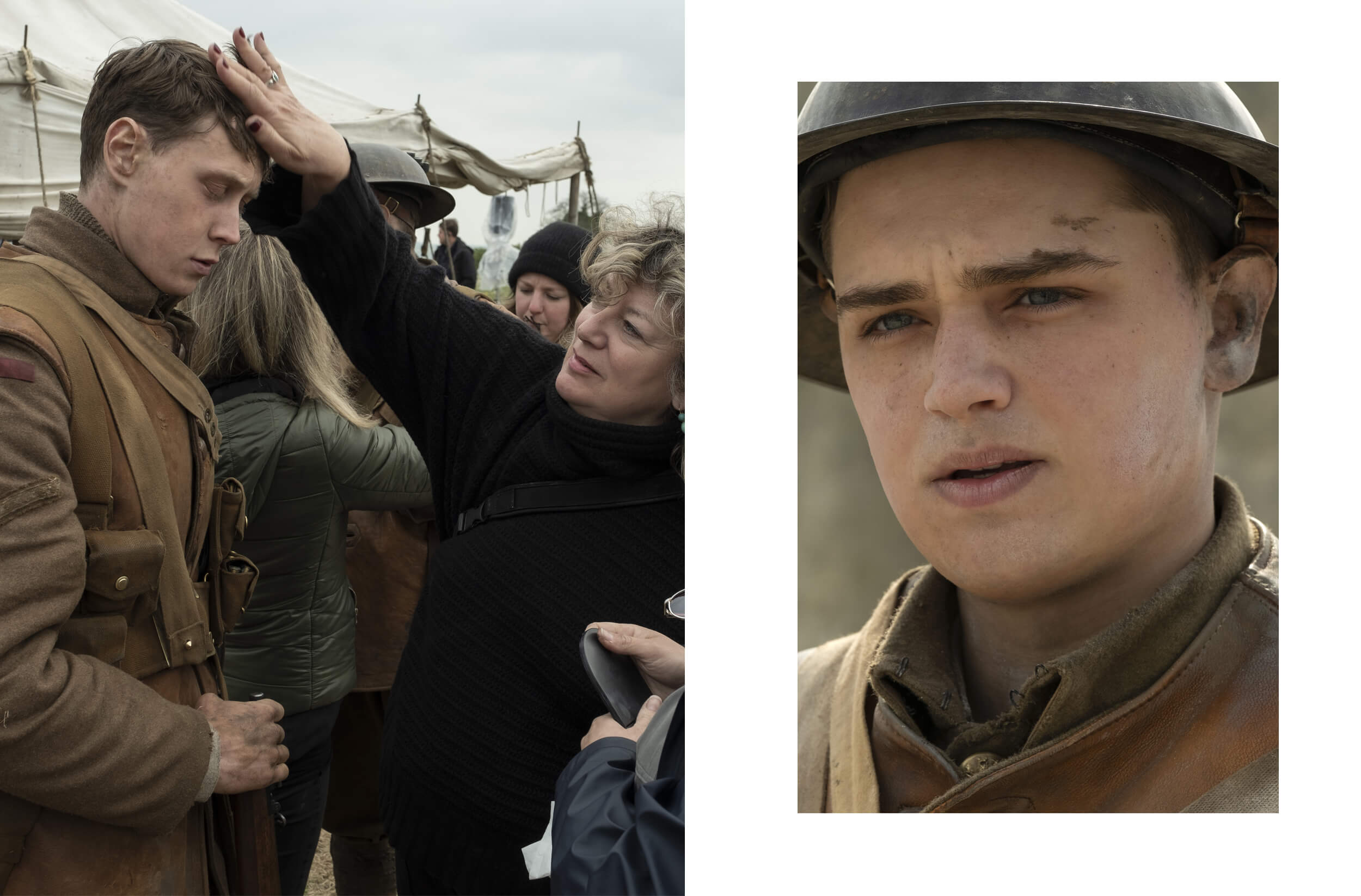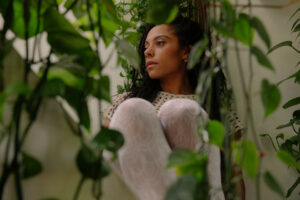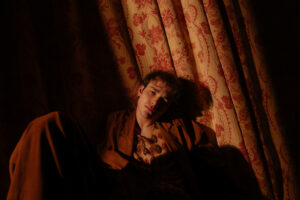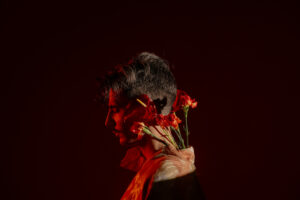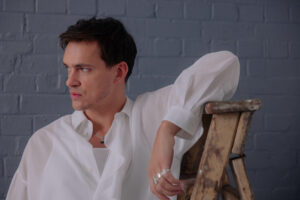The Awards Season is behind us, yet we are still thinking about all the great movies we saw last year, and maybe catch up on some we have yet to see.
One of the most acclaimed films of the past year was “1917” directed by Sam Mendes, a one-shot like film that keeps you glued to the screen for the entire length, and you can’t but wonder how did they do that…also starting from the makeup, how did they manage the continuity? How did they keep it so authentic without overdoing it?
We asked this and much more to Naomi Donne, head of the makeup department for the film, who told us about the creative process, about how Sam Mendes had such a clear emotional idea that he shared with everyone and some “bloody” tricks they invented right then and there to be able to shoot minutes long takes.
Not a favorite genre but a favorite script, it’s the story that leads Naomi to choose every project. And, speaking of projects, one of her own, “Made Up Stories” (you can find it on Youtube) is a beautiful and sensitive idea in which Naomi once more shows her skills to create marvelous beauty looks for those who, because of health issues or unfortunate events, feel they don’t look like themselves anymore. We can’t wait to see more of these Made Up Stories.

First of all, congrats on the Awards nominations! How did you feel when you discovered about the nominations?
I wasn’t expecting any nominations. It’s a war movie, I wanted the work to look very authentic, so I didn’t want a hint of makeup, a hint of anything except telling the story of these soldiers, the situation they were in. To tell their story, that’s what was important to me. It was pretty subtle how they were covered and filled with mud, generally, the makeup was so subtle and authentic.
I tend not to want people to say “the makeup was great,” I don’t want the film to be about the makeup, I wanted it to be about the story of the people that are portrayed so I was very surprised and thrilled to be nominated because it doesn’t mean it’s less work, it just means it’s different work in your face and so I feel very happy that people noticed what we were doing in a subtle way. It’s always a fantastic feeling to be recognized by your peers.
How was working with “1917”‘s director Sam Mendes?
We talked about the look of the film and for Sam, it was a very emotional process, since it’s a very personal film. And for me, my work is quite emotional, I tend to work on instinct, instead of trying to be true to the period. We had a lot of talks about the characters, where they came from, like everybody else on the crew we were all on the same page about the authenticity of the film. And months before we even started prepping, Sam called together all his Heads of Department and we had a creative meeting where we spoke plenty about his feelings about the film, how he wanted it to be portrayed and how he wanted it to look.
So, we were ahead of the game, he was so clear about his look of the film, he knew every frame, even months before we even started and because he wrote it, he knew everything in his head, so it was very easy to say how we should look at this.
I think we had a very similar sensibility about how people should look. And having already worked together on two Bond Films, it made all much easier.
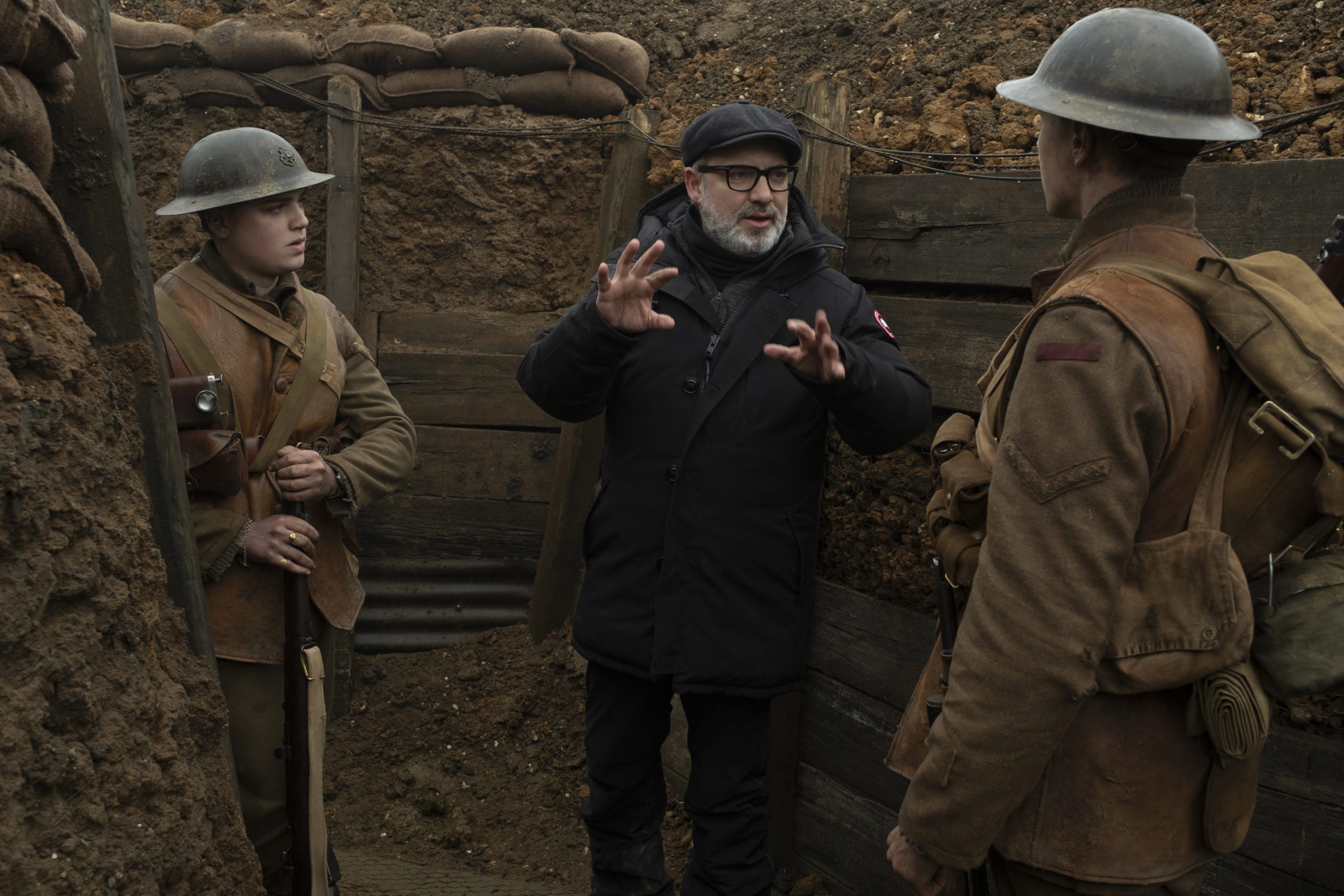
“We had a lot of talks about the characters, where they came from, like everybody else on the crew we were all on the same page about the authenticity of the film.”

What was your research?
The minute he wrote to me asking me to do the film, I read the script. I think it was June of the year before we started shooting. I started doing research a lot online, looking at tons of documentaries and there was a lot available. And then once we started prepping, we talked with historians of the period about how people lived, how their everyday life was, how the way they lived affected their appearance, not just the trenches or the wounds, but their diet, their hygiene, how often they were able to bath. How all those little different things affected the way they looked: for instance, you think that people lost weight when they went into the army but all the boys grew and put on weight, because their life was really hard for them in England, whereas in the army they had 3 meals a day and they had a lot of meat; also the way they cut their hair, it was cut very short while into the army, so a lot of that was to take away their individualized mission, to stop them from becoming individuals, but they started growing it back, yet they weren’t allowed to have hair showing beneath the helmet, so they would grow the hair of just a little inch, ending up with this funny weird hairstyle. When you find out the story, you understand why they looked the way they did and all of that was used to create the looks, so this how it became so authentic.
That’s how I did my research.
I also spent a long time looking at photographs. There was one in particular that I found really inspiring: there was a soldier collapsed in the trench, covered in mud, it was a picture of such despair and that’s the picture I kept with me all the time to remind me what the soldiers went through. Then the Peter Jackson’s documentary, “They Shall Not Grow Old,” came out which was very helpful as well. The coloring was great, I think it made the film incredibly powerful and very special, but I didn’t use the colorization so much, I used a lot of black and white films because that’s when we noticed the pale pinch: a blue pinch to their skin and that was the palette Sam wanted us to use and that’s what we did, we gave a bluey pale pinch to their skin and for Sam that felt right. It just worked.

“When you find out the story, you understand why they looked the way they did and all of that was used to create the looks, so this how it became so authentic.”

What was the biggest challenge and how did you overcome it?
There were a lot of challenges, we had hundreds and hundreds of “get ready” at once and I never wanted to lose the details, because the camera moved right to everybody and that was a huge challenge, a massive team worked on that and I was with them every day to work on the texture of the film.
As the camera goes to the trenches, you see every single one and you see them doing different things, looking at letters or whatever, picking out their lives from their clothing, having a smoke, and everyone told a story very carefully thought through. And I think all of that gave a lot of emotional impacts. Then the continuity considering how the film was shot as one-shot created an all continuity situation and then there were things happening in the scene that you had to find a way of creating: when someone gets shot, you usually cut so that you can put the blood on and they carry on from a different angle but this film was shot all at once so our prosthetic designer created a remote-controlled blood pump so that when Blake got killed during the take the blood started coming out as you were watching him die with blood pouring out of his body and that was all done with the remote-controlled trick. So with things like that, you have to think ahead.
Another challenge was when George gets buried in the rubble since it was the only thing that we shot out of sequence: we had to work out how George was going to look when he came out of that rubble, because we shot the scene that comes after that way before we shot the actual explosion, so we rehearsed the scene, we covered him in rubble and we pulled him out, we photographed him very carefully to have a reference on how he would actually look on the day.
There were challenges for everyone to overcome.

“Then the continuity considering how the film was shot as one-shot created an all continuity situation and then there were things happening in the scene that you had to find a way of creating.”
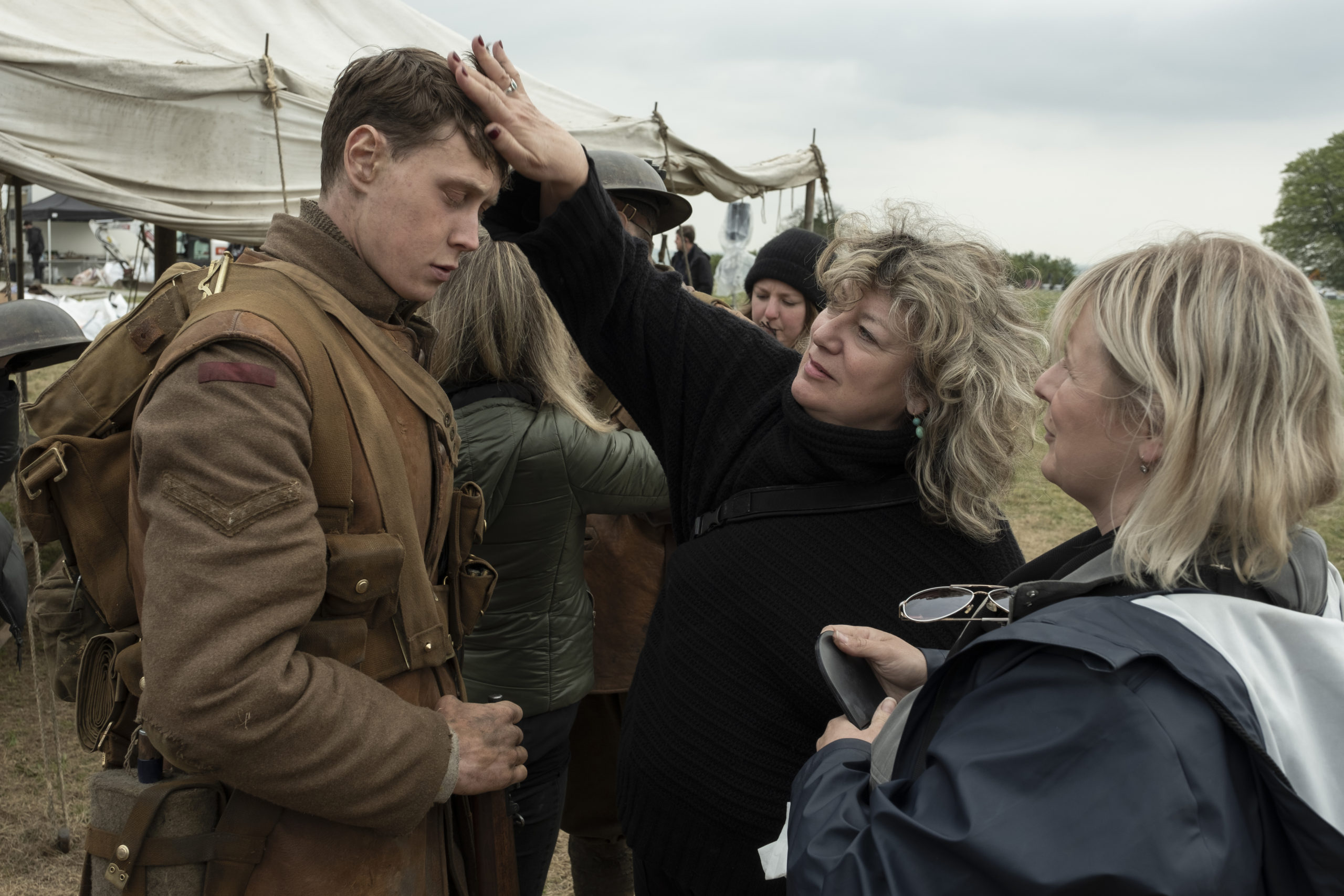
With the actors on “1917,” how was working with them and since the topic of the movie, how did you work with them to enter on the character?
The actors were very much able to get themselves in the character. What we did was go through all the background with supporting actors: there were hundreds of people waiting to get made up or to get dressed so we had all the documentary footage playing all the time, we had films from WWI playing so that they could look up and see what the soldiers went through in the true real way and that helped to give them a reference to what they were doing.
Then with the actors, particularly with George, I talked a lot with him about his character, who he was, where he came from, what his background was and there was nothing directly that would change how he looked from knowing that but the more you know about someone, even unconsciously you’re helping them create that person. So I always tend to that, it’s the favorite part of my work, just creating a reality for that person.
I love the prep period, putting everything together.

“I always tend to that, it’s the favorite part of my work, just creating a reality for that person.”

Your favorite genre?
I don’t have one, I just like to be part of telling a story, for instance, last year I did “1917” and then a very small, low budget film, “The Roads Not Taken” by Sally Potter, a very emotional, beautifully written story starring Javier Bardem, Elle Fanning and Chris Rock. I did “Cruella” working only with Emma Thompson which is a big Disney comedy movie.
I like to make people up, I don’t have a favorite genre. It’s about the project rather than the genre.
The must-have in your kit.
I don’t know, I have a huge amount of different types of makeup, it depends on what you are doing, I think a must-have in my kit is a series of palettes so that you can do an actual makeup with one palette. I trained years ago in a very old-fashioned way at the BBC, and we always had a series of palettes and I thought “if I always have my palettes, there is nothing I can’t do in beauty makeup.”
How do you live makeup in your everyday life?
I don’t use a lot of makeup, just a bit to look decent; we have to look good because actors would be shocked if you don’t. I just wear a minimum amount of makeup, my favorite bit of makeup is lipstick.
What’s your favorite lipstick then?
It’s from 1995 by a company named Magic Lips. Everyone has copied now, I’ve been wearing it for years, it looks green, you put it on and it reacts to the heat of your skin and it stays all day, even if you’re kissing non-stop.

When we met in London you also mentioned: “Made Up Stories.” How was it created and how would you like to keep developing it?
I started doing it because I felt there’s so much stuff out there on YouTube for younger women to have a certain look, but there was nothing for older women who want to look good ad still feel further in society. And as you grow older, you just become more invisible and I felt I wanted to do just that. I worked with certain well-known people who were of a certain age, I made them up and I wanted women to be aware that you can still be stunning at 50 or 70 years old. Then, I had a friend who had cancer, she lost her hair, and she asked me if I could make her look like she used to look. That was really valid for a lot of people who’ve not been so much healthy, to feel that they look good, it’s such a lift to help them keep fighting and I felt it was a positive thing and I’ve worked a lot with women in that situation. I made her up, I got her a wig and she made it through and then she died. After that, I wanted something more valid for my YouTube channel, so I’ve done a course on skin camouflage, which is a sort of makeup, a way of camouflage people who have scars on their skin or anything that affects their skin and I did the course because I wanted to be able to work with products and help women or men who have these issues, there are certain attitudes and techniques and hygiene habits that you have to adopt and of which we haven’t thought carefully enough.
Through my YouTube channel, I would like to help people who feel that they don’t look good because they have some issues. Everyone can look good in their own way.
What can you unveil us about your next projects?
I am about to design a Broadway show, “Sing Street,” which was a film set in Dublin and released in 2016 and it’s about a band in high school, it’s a fabulous film and a great project that’s now going on Broadway so I hope I’m going to be able to design on that.


